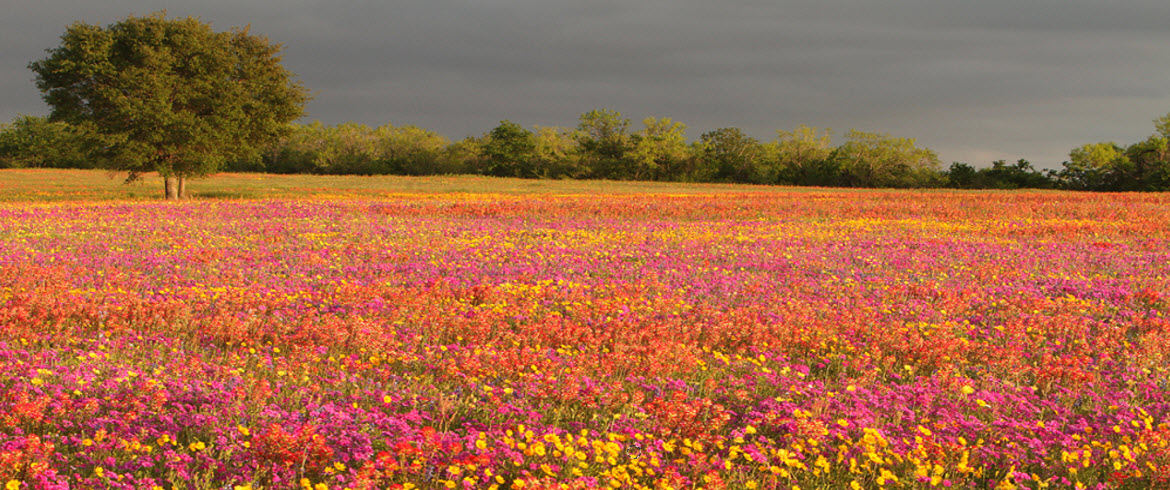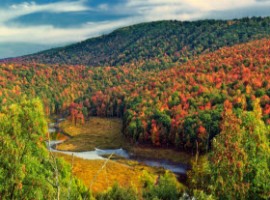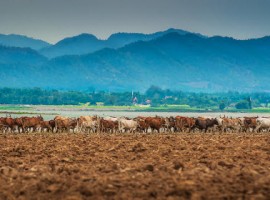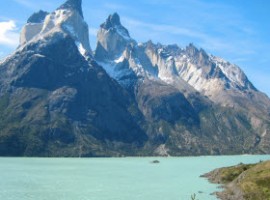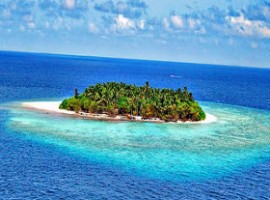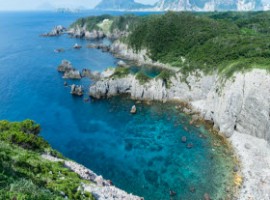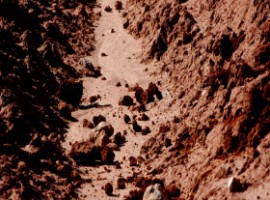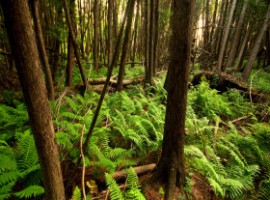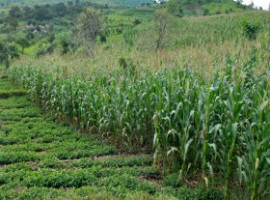The UN has declared 2010-2020 the decade of Biodiversity and it’s pro-actively engaging governments and public and private institutions to stand side by side to work together towards the same goal: preserving the Earth’s biodiversity.
Let’s look at what biodiversity means exactly and what the UN guidelines are:
- Bear Creek Reserve by Nicholas A. Tonelli via Flickr
- The Mole River UK by Johan J. Ingles – Le Nobel via Flickr
- Crop area by Prachanart Viriyaraks via Flickr
7 is the magic number: 7 areas for 7 clear and present dangers
Agricultural Biodiversity
The bio diversity of our agriculture and agro system is integral to our existence: agriculture provides us with a range of food and raw materials. It has a massive impact on our eco system and the way we live. The rate at which bio-diversity is decreasing is cause of alarm. This decrease means that the ability of agricultural resources threatening the agricultural resources to adapt to the changing conditions and provide us with food is being seriously undermined.
- The UN immediate initiatives include 3 special projects on
- Pollination
- Soil biodiversity
- Nutritional biodiversity
Dry and Sub-humid Lands Biodiversity
47% of the Earth’s land surface is considered dry or sub-humid land.
Its existence and ours too is being threatened by a range of factors including:
- Habitat conversion (cropland, inurbanization, etc)
- Climate change
- Extensive harvesting
- Water spillage
The UN is suggesting initiatives and targeted actions aimed at increasing awareness, promoting synergies among countries and institutions and spreading best practices.
Forest Biodiversity
This definition includes the huge variety of areas (tropical forests, temperate ones, etc) and all the different kinds of life that can be found there bio life living in them.
Over the last 8000, years 45% of the Earth’s original forests have disappeared and today their destruction rate is steadily increasing.
Preventing or reducing the deforestation rate is one of the 7 projects to maintain biodiversity.
Few guidelines but extremely concrete:
- Knowledge and evaluation of the situation
- Conservation and sustainable use of forest resources
- Work on the socio-economic environment to create the basis for a balanced use of the forest resources
- Mountain lake by Doug Wheller via Flickr
- Lhaniyani Atoll by Edgar Barany via Flickr
- Coastal area Shikine Island by Ippei & janine Naoi via Flickr
Inland waters Biodiversity
Water is becoming a critical issue: the lack of it, the use of it and in some places the abundance of it.
The biodiversity of freshwater is threatened by
- Pollution
- Over use
- Habitat loss
- Introduction of invasive species
Raising awareness of the relevance of freshwaters biodiversity and how to implement effective management strategies are ctucial.
No doubt trade offs and compromises will play their part. All parties involved in waters management need to work towards a fair, efficient and sustainable policy of freshwaters managements.
Island Biodiversity
Home to a 10th of human populations, island biodiversity includes vegetation and animals’ diversity and unique human cultures, too. Small and often far away from the mainland, the ecosystems of these areas are extremely fragile and susceptible to disasters.
The main dangers are
- Invasive species
- Tourism and urbanization
- Climate change
- Over exploitation
- Pollution
- Dry Land by Maurice T via Flickr
- Forest by Joshua Mayer via Flickr
- Conservative agriculture in Malawi by Int. Maize and Wheat Improvement Center via Flickr
Marine and Coastal Biodiversity
70% of the Earth’s surface is covered by oceans and a 3rd of the oxygen we breathe is produced by them. Oceans are also a rich source of the fish proteins we eat and they are fundamental in reducing climate changes.
The main dangers for oceans are:
- Pollution
- Eutrophication
- Overfishing
- Climate changes
Some of the actions proposed and promoted by UN
Analysis of the current situation
Ecouraging all local entities’ participation in marine biodiversity projects
Development of institutional structures for integrated management
Implementing a revision of related legislation and enhancing appropriate legislation
Mountain Biodiversity
Covering 27% of the Earth’s surface and supporting 22% of humankind, mountain areas face an increasing number of threats such as
- Habitation erosion and degradation
- Increasing poverty of local people with a related increasing number of conflicts due to the scarcity of resources and space.
UN is focusing on 3 actions:
Prevention and reduction of threats to biological diversity
Enhancing appropriate legislation
Study and supporting conservation concrete actions
It may seem that these concerns are far from our everyday lives, but it’s time to step up and help conserve the Earth’s biodiversity. What will you be doing?
